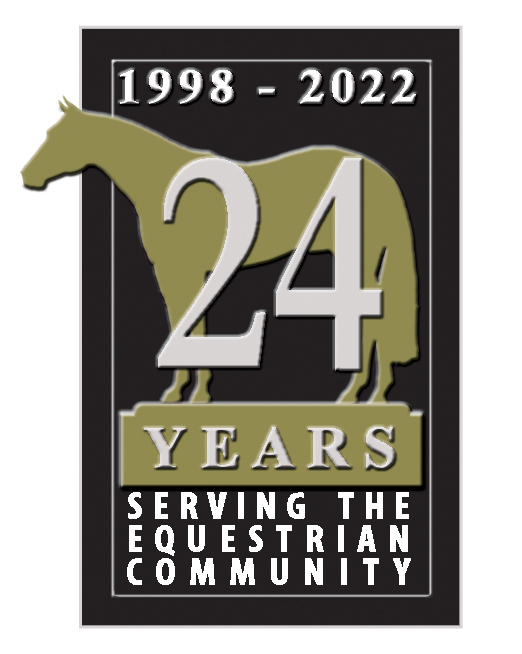USRider Reminds Drivers to Pay Attention at Fuel Pump
February 2, 2010Jane was on her way to Wisconsin when she pulled into popular gasoline station and filled both tanks of her diesel-powered truck. Down the road, the engine started cutting out on her. After having her truck towed, Jane learned from the mechanic that the fuel tanks had been filled with gasoline instead of diesel.
Perplexed as to how she could’ve made such a ruinous mistake, Jane returned to the gas station to check out the pump she had used. She saw that – at this station – green handles are for gas, not diesel as she was accustomed.
While there is no standard in place for the colors used on pump handles at fuel stations, the majority of diesel fuel handles in the U.S. are green. So how did Jane happen across a green gasoline handle? She was at a BP station.
In 2000 BP unveiled a new, unified global brand. To visually signify the company’s new emphasis on going “green,” BP officials adopted a new identifier – a green, yellow and white sunburst to symbolize energy in all its dynamic forms. As part of the new color scheme, BP changed the color of its gasoline pumps as well. BP pumps sport a green handle on gasoline dispensers and black handles for diesel. This relatively simple change has caused some unforeseen problems for drivers.
“Drivers of diesel powered vehicles are accustomed to looking for the green handle, which has commonly been used to differentiate fuel pump handles from gasoline,” said Mark Cole, managing member for USRider, the national provider of roadside emergency assistance for equestrians. “Out of habit some folks are reaching for green handles at BP only to realize later that they have filled their diesel fuel tank with gasoline.”
The gasoline nozzle is smaller than the diesel nozzle. So, while the diesel nozzle will not fit into the gasoline inlet, the gas nozzle will fit very easily into to diesel inlet, making it even easier to slip up.
Putting gasoline in a diesel engine will cause major problems for the vehicle. Diesel acts as a lubricant for the fuel injection system. If gas is inadvertently introduced to the vehicle, that lubrication function will not be fulfilled. So if a diesel engine is run with gasoline, the fuel pump will overheat and the injection system will be damaged. If the vehicle is run too long on gasoline, the engine will fail, especially if pulling a heavy load.
“USRider has taken calls from Members who’ve accidentally filled their diesel-powered vehicles with gasoline in the past. Such incidents usually occur late in the evening or in the early morning hours when travelers are perhaps not as alert,” said Cole. “However, we know of at least one incident at a BP station and can foresee the possibility of more incidents occurring in the future.”
Putting the wrong fuel in a vehicle is a major inconvenience and can greatly delay a person’s trip. USRider can help locate a service provider for a Member. But it will take time to drain the fuel tank. If the vehicle has run on the wrong fuel, the fuel system must also be cleaned and checked for damage.
USRider urges drivers not to rely on a fuel pump’s color. “Be sure to read the label before you fill your tank,” said Cole.
Through its Equestrian Motor Plan, USRider provides emergency road service to its Members in the lower 48 states as well as Alaska and Canada. Designed for those who travel with horses, USRider provides emergency roadside assistance and towing services, along with other travel-related benefits geared especially toward horse owners, such as towing up to 100 miles plus roadside repairs for tow vehicles and trailers with horses, emergency stabling and veterinary referrals.
For more information about USRider and more equine trailer safety tips, visit the USRider website at http://www.usrider.org or call (800) 844-1409.

